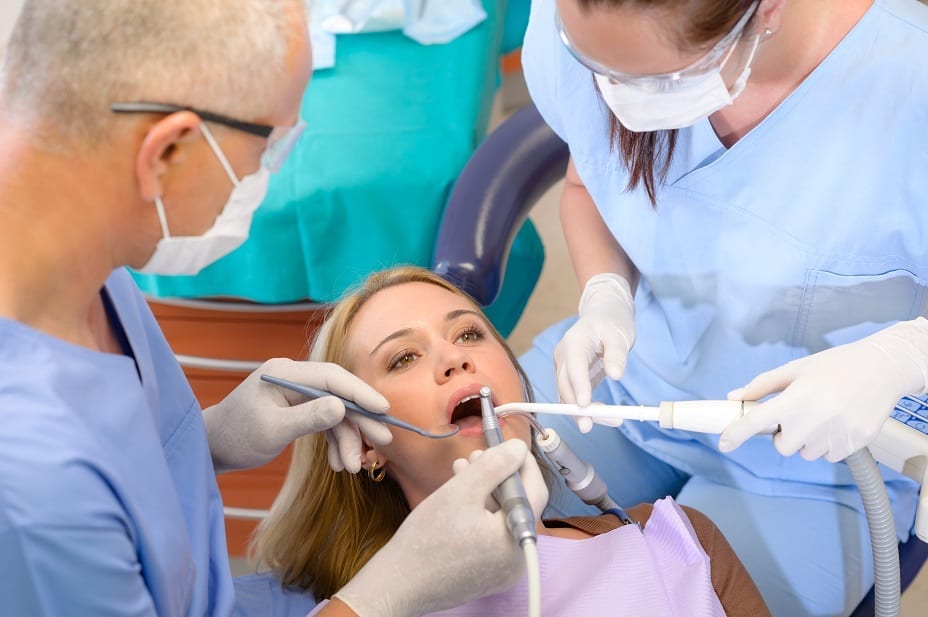Legacy Orthodontics Fundamentals Explained
Legacy Orthodontics Fundamentals Explained
Blog Article
Indicators on Legacy Orthodontics You Should Know
Table of ContentsGetting The Legacy Orthodontics To WorkThe Best Strategy To Use For Legacy OrthodonticsThe 6-Minute Rule for Legacy OrthodonticsOur Legacy Orthodontics IdeasEverything about Legacy Orthodontics
At Advanced Orthodontics, we give clients with a holistic treatment experience. Additionally, we provide adjustable treatment schedules, adaptable settlement alternatives and a fun, satisfying experience. clear braces. Telephone call ( 480) 357-4900 today for additional information and routine a consultation.An orthodontist is a dentist educated to identify, protect against, and treat teeth and jaw irregularities. Orthodontists work with people of all ages, from children to grownups.
Malocclusion, or misaligned teeth, can bring about oral issues, including dental cavity, gum tissue condition, and difficult or excruciating eating. However not everyone is birthed with straight teeth. If you have a bad bite or huge rooms in between your teeth, you might wish to consult a dental professional specializing in orthodontic treatment.
Some Known Details About Legacy Orthodontics
( Image Credit History: DigitalVision/Getty Images) Orthodontists use taken care of and detachable dental tools, like braces, retainers, and bands, to change the position of teeth in your mouth. Orthodontic treatment is for oral abnormalities, including: Uneven teethBite issues, like an overbite or an underbiteCrowded teeth or teeth that are as well much apartJaw misalignmentThe objective of orthodontic treatment is to improve your bite.
While you could think of orthodontists as mainly for youngsters or young adults who need braces, they can deal with dental troubles at any age. Orthodontists attend university, dental college, and orthodontic college.
All orthodontists are dentists, however not all dental practitioners are orthodontists. Orthodontic residency programs offer extensive, focused instruction for oral experts. They concentrate on 2 locations: How to correctly and safely move teeth Exactly how to correctly direct advancement in the teeth, jaw, and faceOnce an orthodontist has finished training, they have the alternative to end up being board certified.
Legacy Orthodontics Things To Know Before You Buy
Malocclusion leads to tooth overcrowding, a misshapen jaw, or irregular bite patterns. Malocclusion is normally treated with: Your orthodontist attaches metal, ceramic, or plastic square bonds to your teeth.
If you have only minor malocclusion, you may be able to make use of clear braces, called aligners, instead of conventional dental braces (https://legacyortho.edublogs.org/2024/09/30/transform-your-smile-with-a-leesburg-orthodontist/). Some individuals require a headwear to help relocate teeth into line with pressure from outside the mouth. After braces or aligners, you'll need to use a retainer. A retainer is a personalized tool that keeps your teeth in location.
They're usually made use of on youngsters. They can produce added room in the mouth without needing to pull teeth. If you have a severe underbite or overbite, you may require orthognathic surgical treatment (additionally called orthodontic surgical treatment) to extend or shorten your jaw. Orthodontists make use of cords, medical screws, or plates to sustain your jaw bone.
You might require to see an orthodontist if you have: Crowding or otherwise adequate area for all of your teethOverbite, when your upper teeth come over your bottom teethUnderbite, when your bottom teeth are too far forwardSpacing or problems with gapsCrossbite, which is when your upper teeth fit behind your bottom teeth when your mouth is closedOpen bite or a vertical gap between your front bottom and upper teethMisplaced midline, when the center of your bottom and top teeth don't align Correcting a dental malocclusion can: Make biting, eating, and speaking easierImprove the proportion of our face and your total appearanceEase discomfort from temporomandibular joint problemsDifferent your teeth and make them much easier to clean, helping prevent dental caries or cavities It's often a dentist that first notices misaligned teeth during a regular examination.
Some Known Factual Statements About Legacy Orthodontics

During your very first orthodontic assessment, you'll likely have: An oral examPhotos taken of your face and smileDental X-raysPanoramic (360 level) X-rays of your face and headImpressions to create mold and mildews of your teethThese examinations will help your orthodontist know just how to wage your treatment. leesburg braces. An orthodontist is a dental practitioner that's had training to treat your teeth and jaw
Orthodontists may execute surgical treatment, exams,X-rays,and more to help you acquire an extra comfortable, much healthier smile. An orthodontist is concentrated on your bite, so something like a chipped tooth would certainly be handled by a dentist. Orthodontists are dentists but not all dental professionals are orthodontists. Orthodontists are concentrated on your bite, or the means your teeth fit together, and the straightness of your teeth.
Ever before questioned just how stars constantly seem to have completely aligned teeth? The response commonly depends on the competent hands of an orthodontist. What precisely does an orthodontist do? Orthodontists are oral specialists who concentrate on remedying abnormalities in the teeth and jaws. Their expertise exceeds just creating a beautiful smile; it reaches enhancing your total oral health and function.
Legacy Orthodontics Fundamentals Explained

While dental braces are one of the most frequently recognized orthodontic treatment, orthodontists have a diverse toolkit at their disposal. The certain strategy picked depends upon the intensity of the instance, the patient's age, and private preferences. These tried-and-true dental braces use a system of brackets bound to the teeth and attached by cables.
Clear aligners, like Invisalign, are a prominent choice for patients seeking a more very discreet treatment option. These detachable trays are customized to progressively shift the teeth's setting. Headgear may be made use of along with dental braces or aligners to use additional targeted pressures, especially for fixing jaw discrepancies. In cases of slim jaws, palatal expanders can be used to develop area for proper tooth placement.
Report this page